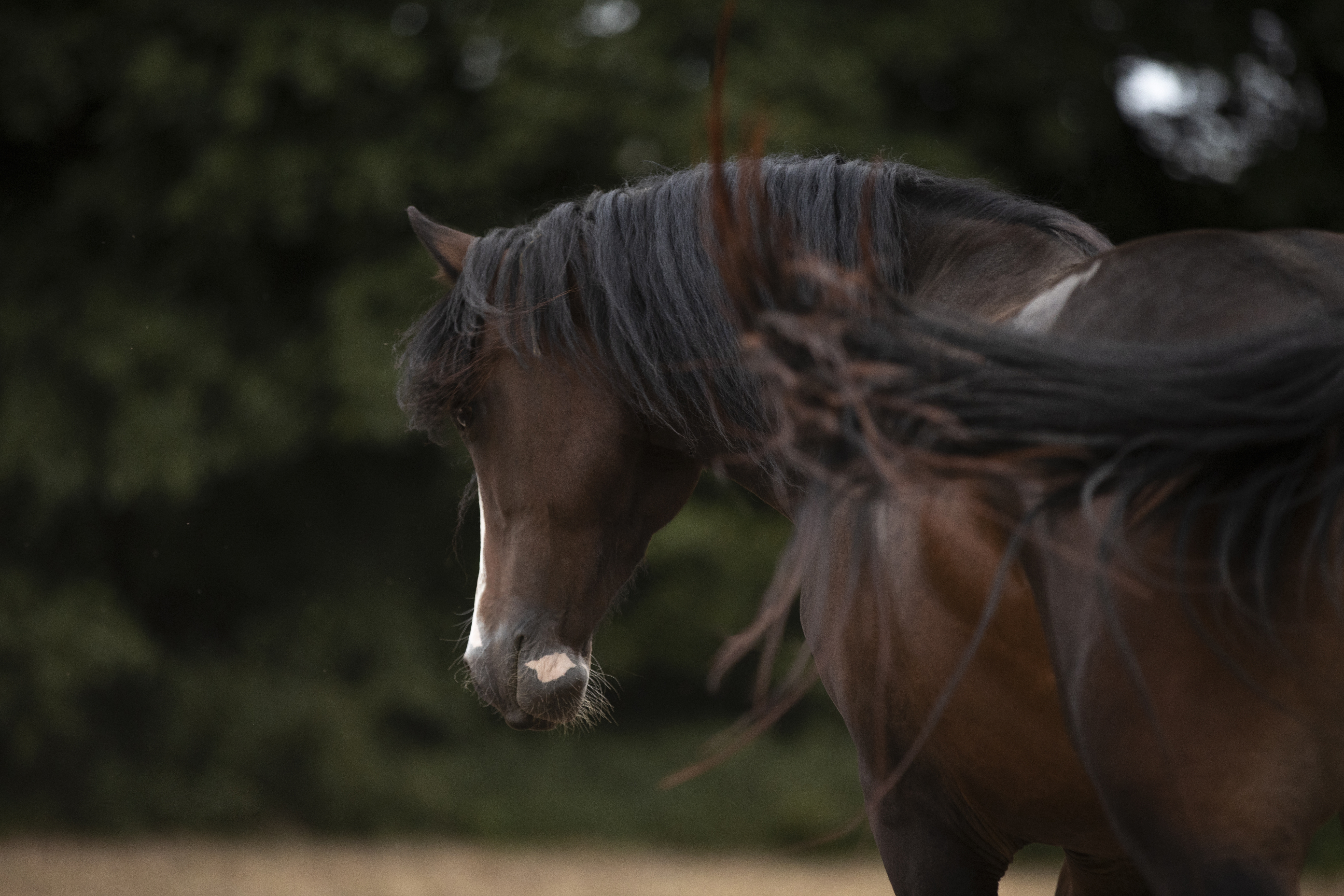As feared as the disease may be, research suggests that horse owners may easily confuse subtler signs of early laminitis with other common conditions.

A painful inflammation of the soft tissues of the hoof, laminitis is characterized by lameness in the affected feet and a stance that relieves pressure on them. However, a study from England shows that other laminitis signs, which include a short, stilted gait, bounding digital pulses, difficulty making a tight turn, and reluctance to move forward, especially over hard or uneven surfaces, are sometimes overlooked.
To determine how readily horse owners can identify laminitis, researchers at the Royal Veterinary College in Hertfordshire, the Animal Health Trust and Rossdales Equine Hospital in Suffolk undertook a joint project, inviting 25 veterinary practices to submit laminitis reporting forms (LRFs) for cases of the condition treated from January 2014 to October 2015.
Click here to learn the keys to preventing laminitis.
For each of the laminitis cases they treated, veterinarians were asked to describe clinical signs, underlying conditions and risk factors identified in the horse. In addition, if the owner had requested a veterinary visit because they suspected their horse had laminitis, they were invited to complete a modified version of the LRF, which included similar questions.
In all, LRFs were collected from veterinarians for 93 cases of laminitis and 51 from owners. The researchers found that all 51 of the horses whose owners suspected laminitis ended up being diagnosed with the condition. However, in an additional 42 cases—45 percent—owners did not recognize the signs of laminitis and instead sought veterinary help to investigate undefined lameness, foot abscesses, colic or stiffness. Owners were found to identify laminitis more commonly in pony breeds compared to horse breeds, and the majority of owners that recognized laminitis had previous direct experience with the disease.
The researchers conclude that “failure of laminitis recognition by owners highlights further need for evidence-based education to ensure early disease detection.” They add that this research was part of a larger World Horse Welfare-funded study aimed at providing further evidence on the frequency of—and risk factors for—equine laminitis in Great Britain.
Don’t miss out! With the free weekly EQUUS newsletter, you’ll get the latest horse health information delivered right to your in basket! If you’re not already receiving the EQUUS newsletter, click here to sign up. It’s *free*!








